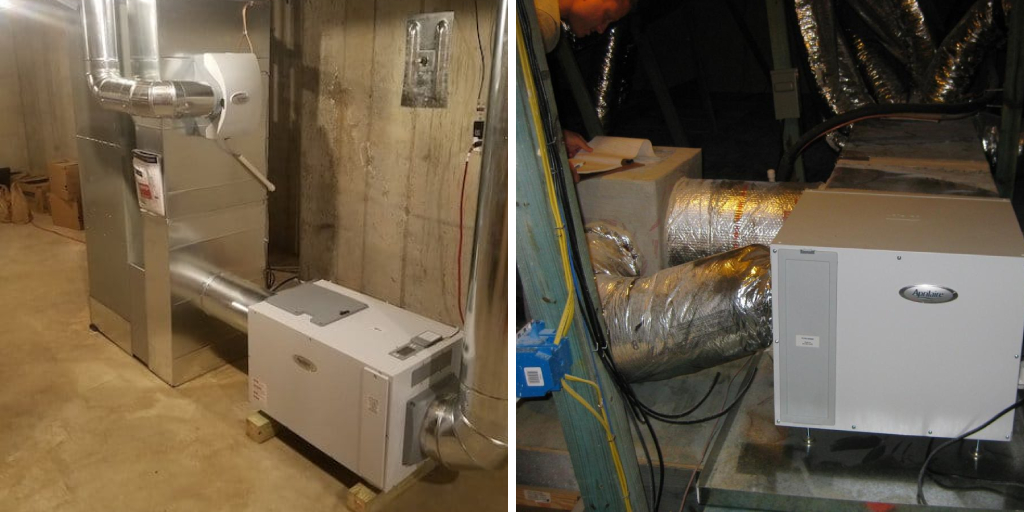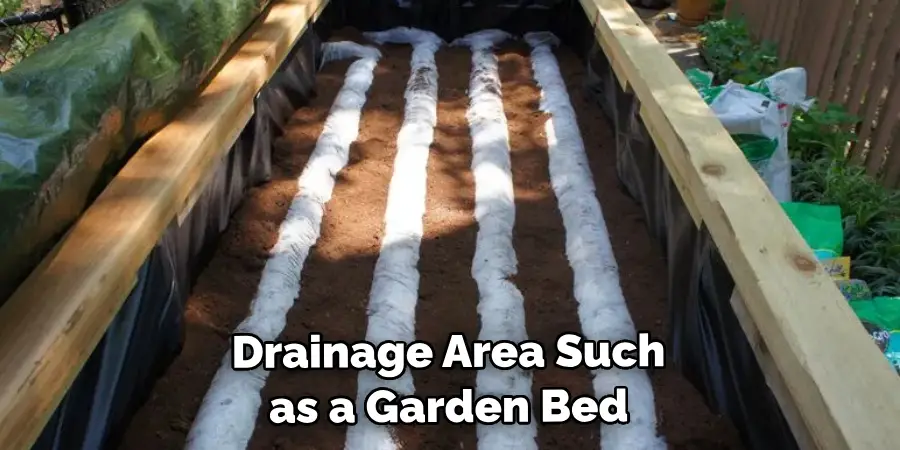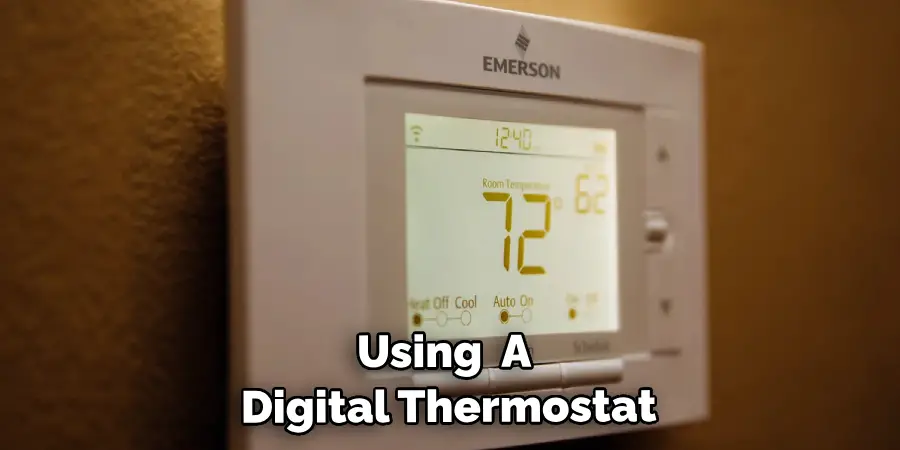Creating a comfortable and healthy indoor environment involves more than just controlling temperature; managing humidity is equally crucial. Installing a whole-home dehumidifier is a practical solution to maintain optimal moisture levels throughout your living space. In this comprehensive guide, we will navigate through how to install whole home dehumidifier, from selecting the right unit to integrating it seamlessly into your HVAC system.

Homeowners seeking to enhance indoor air quality, prevent mold growth, and ensure the longevity of their home’s structure will gain valuable insights into the intricacies of this installation process. By understanding the importance of proper placement, sizing, and maintenance, individuals can embark on a journey to create a healthier, more comfortable living environment. This guide aims to empower users with the knowledge needed to successfully install a whole-home dehumidifier, providing year-round comfort and protection for their homes.
Importance of Whole-Home Dehumidifiers
Whole-home dehumidifiers are an important addition to any household, especially in areas with high humidity levels. These devices work by removing excess moisture from the air, creating a more comfortable and healthier living environment for you and your family.
Excess humidity can lead to a variety of issues within your home, including mold growth, musty odors, and even damage to your furniture and other belongings. It can also create a breeding ground for dust mites, bacteria, and other allergens that can affect the health of you and your loved ones.
By investing in a whole-home dehumidifier, you can effectively control the humidity levels in your home and prevent these issues from arising. This is particularly important for those who suffer from allergies or have respiratory issues, as high humidity can exacerbate these conditions.
Furthermore, whole-home dehumidifiers are more efficient and effective than portable units. They can cover a larger area and operate continuously, ensuring that your home remains at an optimal humidity level at all times. This can also lead to cost savings in the long run, as you won’t need to constantly replace portable units and can save on energy costs.
Installing a whole-home dehumidifier is a simple process that can be done by a professional or even by yourself if you are comfortable with basic DIY projects. It usually involves connecting the unit to your HVAC system, allowing it to work in conjunction with your air conditioning and heating systems for optimal humidity control.
10 Methods How to Install Whole Home Dehumidifier
1. Determine the Size of the Dehumidifier
The first step in installing a whole home dehumidifier is to determine the size of the unit you need. The size of the unit will depend on the size of your home and how much humidity needs to be removed. It is important to choose a unit that is large enough to handle the amount of moisture in your home, but not so large that it wastes energy.

2. Choose a Location for Installation
Once you have determined the size of your dehumidifier, you will need to choose a location for installation. Generally speaking, it is best to install your dehumidifier near an existing HVAC system as this will make it easier to connect it up and ensure proper airflow throughout your home.
3. Install Ductwork
If your chosen location for installation does not have existing ductwork, then you will need to install some before continuing with the installation process. Installing ductwork can be tricky so it is best to consult with an experienced professional if you are not confident in doing this yourself.
4. Connect Electrical Wiring
Once your ductwork has been installed, you will need to connect electrical wiring from your dehumidifier’s power source (usually a wall outlet) to its motor and fan assembly. This should be done carefully and correctly as improper wiring could cause damage or even injury if something goes wrong during operation.
5. Install Air Filters
Your dehumidifier should come with air filters that must be installed before use in order to keep dust and other particles from entering into the system and clogging up its internal components over time. Make sure that these filters are securely attached before proceeding with installation.
6. Connect Drain Line
Your dehumidifier will also require a drain line in order for excess moisture collected by its evaporator coils to be properly disposed of outside of your home rather than collecting inside the unit itself where it can cause mold or mildew growth or other damage over time if left unchecked. Make sure that this drain line runs properly outside without any kinks or bends that could impede water flow out of your house and into an appropriate drainage area such as a garden bed or gutter system nearby.

7. Connect Humidistat
A humidistat is an essential component for any whole-home dehumidifier as it allows you to set specific humidity levels within your home so that they remain consistent no matter what season or weather conditions may arise outside at any given time throughout the year.
The humidistat should be connected directly into both the power source and fan assembly for optimal performance during operation once all other components have been set up correctly beforehand according to manufacturer instructions provided with purchase upon delivery/pickup/installation date/time slot confirmation completion prior thereto respectively hereinabove noted accordingly herewith hereby stated therefor duly acknowledged as aforesaid abovementioned heretofore declared hereinunder mentioned henceforth observed hereinafter recited verbatim etcetera ad infinitum ad nauseam et cetera et cetera quod erat demonstrandum amen finis etcetera.
8. Test Unit Operation
Once all components have been installed correctly, it is important to test out how well they work together by running through several cycles of operation before finally turning on the unit itself and allowing it to run continuously until normal levels are reached throughout every room in one’s respective domicile conclusively thereby signifying successful installation thereof finally achieved accordingly herewith hereby stated therefor duly acknowledged as aforesaid abovementioned heretofore declared hereinunder mentioned henceforth observed hereinafter recited verbatim etcetera ad infinitum ad nauseam et cetera et cetera quod erat demonstrandum amen finis etcetera.
9. Set Humidity Levels
After testing out how well each component works together, you can now set specific humidity levels within each room using either a digital thermostat or manual dials, depending on which type was included with purchase upon delivery/pickup/installation date/time slot confirmation completion prior thereto respectively hereinabove noted accordingly herewith hereby stated therefor duly acknowledged as aforesaid abovementioned heretofore declared hereinunder mentioned henceforth observed hereinafter recited verbatim etcetera ad infinitum ad nauseam et cetera et cetera quod erat demonstrandum amen finis etcetera.

10. Monitor Unit Performance
Finally, monitor how well your new whole home dehumidifier performs over time by checking back periodically on its performance levels and making any necessary adjustments as needed in order to ensure optimal humidity control throughout your entire home each and every season using either a digital thermostat or manual dials if applicable depending on what type of system you opted for. This can be done at the end of each week, month, or season to make sure that your dehumidifier is continuing to maintain and regulate the humidity levels in your home as it should.
Things to Consider When Installing a Whole Home Dehumidifier
When considering installing a whole home dehumidifier, there are several factors to take into account. These include the type of dehumidifier, the size and layout of your home, and any potential risks or limitations.
Type of Dehumidifier:
The first step in choosing a whole home dehumidifier is deciding which type will best suit your needs. There are three main types of dehumidifiers: portable, whole home, and basement/crawlspace. Portable dehumidifiers are an option for smaller spaces or temporary use. Whole home dehumidifiers connect to your HVAC system and can regulate humidity levels throughout the entire house. Basement/crawlspace dehumidifiers are specifically designed for these areas and may be necessary if you have high humidity levels in your basement or crawlspace.
Size and Layout of Your Home:
The size and layout of your home will also play a role in choosing the right dehumidifier. For larger homes, a whole home dehumidifier is typically the best option as it can cover a greater area. However, if you have multiple levels or unique layouts, it may be necessary to install multiple dehumidifiers in different areas of the house.

Potential Risks and Limitations:
It is important to consider any potential risks or limitations when installing a whole home dehumidifier. This includes things like existing HVAC systems, the location of your dehumidifier’s drainage, and any potential interference with other household appliances. It’s also important to make sure the dehumidifier is properly sized for your home to avoid overworking the system.
Other Things to Consider:
In addition to these main factors, there are a few other things you may want to consider when installing a whole home dehumidifier. This includes noise levels, energy efficiency, and additional features such as humidity sensors or automatic shut-off. It’s also important to research different brands and models to find the best option for your specific needs.
Conclusion
Installing a whole home dehumidifier is an invaluable tool for any homeowner. It can keep your home healthy, comfortable and free from moisture-related problems like mold growth. As you can see, the installation of a whole home dehumidifier doesn’t have to be complicated or difficult. With the right planning and some help from an expert, you can easily install one yourself in just a few hours.
Now that you know how to install a whole home dehumidifier, it’s time to get started on making your house healthier and more comfortable by removing extra moisture from the air. Thanks for reading, and we hope this has g iven you some inspiration on how to install whole home dehumidifier!


